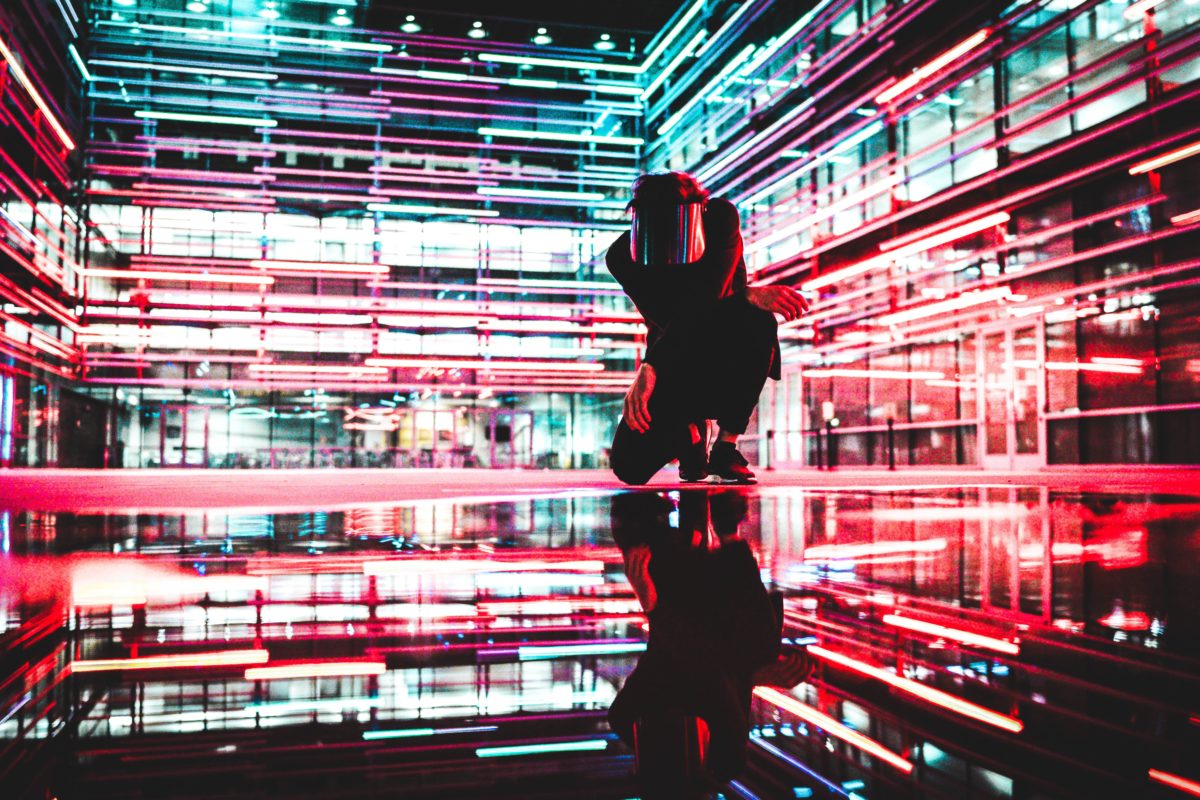人工智能(Artifictial Intelligence, AI)跟設計的交集不是今天才發生,1980年設計界在第一波人工智慧革命的時候就已經接受過衝擊。當時被超為專家系統(Expert System)的人工智慧指的是在限制條件之下,能夠產出多少個「合理」的設計方案,並且可以取代設計師後端與工程的結合。
當時的設計專家系統想像的未來之中,設計師只要設好限制條件,我們舉建築平面設計為例好了:
- 坪數大小,以及外觀條件
- 擺設家具的件數
- 人數
- 風格
就可以產出數百個不同的設計方案,設計師就拿一件方案去向業主交差。非常有趣的想像場景其實從來沒出現過,原因也很簡單,專家系統簡化了設計需要的背景資料以及相關知識領域(例如力學與材料),要完善一個專家系統被視為永遠不可能的任務。
然後,要提一下所謂的「蝴蝶效應(Buttefly Effects)(註)」指的是連鎖效應中,即使一件表面上毫無關係的小事,最後可能帶來極為巨大的改變。對於初始條件的改變,會引起結果的極大變異性,套用到人工智能(或任何新科技)與設計之間的關係再也合適也不過。現在看起來十分奇怪的實驗體,未來可以改變任何設計的樣貌。
21世紀的人工智慧
不過現在的人工智慧跟過去不同,第一,現在的人工智慧實現了逆神經傳遞,也就是系統可以自我學習一個設計師的風格是什麼(如果有夠多的資料點),同時也能夠產出幾乎基於現實的視覺資料(想想看用LINE Camera可以經由臉部辨識再合成虛擬影像),這兩點幾乎就不是過去的專家系統可以比擬。可惜的是,現在對設計的想像還是限縮在產出本身,也就是上面所提的「條件合理」的思考方法,但我認為其實仍然沒有用到人工智慧的思維。
註:倫茲發表論文「決定性的非周期流」(Deterministic Nonperiodic Flow)Wiki
找了一些資料,有興趣的人可以繼續關注。
AI as a Material
- AI Is Design’s Latest Material
- The Designer’s Guide to AI — a $70 Billion industry by 2020
- Designed by A.I.: Your Next Couch, Sweater, and Set of Golf Clubs
- The Relationship Between Art and AI
Human Bias
Automation for Design/Designer
- Project Dreamcatcher
- Guidelines for Human-AI Interaction
- Neural Network-Generated Illustrations in Allo
Design Thinking Cross Over
- The importance of participatory design in the age of artificial intelligence
- 好文分享 – A.I. 時代的 Design Thinking
- The UX of AI
- How can we use AI to make things better for humans?
Exhibitions
- Salon 24 AI – Artificial Imperfection
- Hello Robot exhibition explores our mixed feelings about intelligent machines
- DeepBach: harmonization in the style of Bach generated using deep learning
- Artificial Intelligence Driven Design
Use Case
- Tailor Brands
- Adobe Sensei
- Prisma
- DeepART
- Algorithm designs seven million different jars of Nutella
- Flow
- Alibaba Luban
- Beat Blender
- Amper
- AutoDesk
Key Person
Josh Lovejoy Linkedin
Maurice Conti The incredible inventions of intuitive AI








